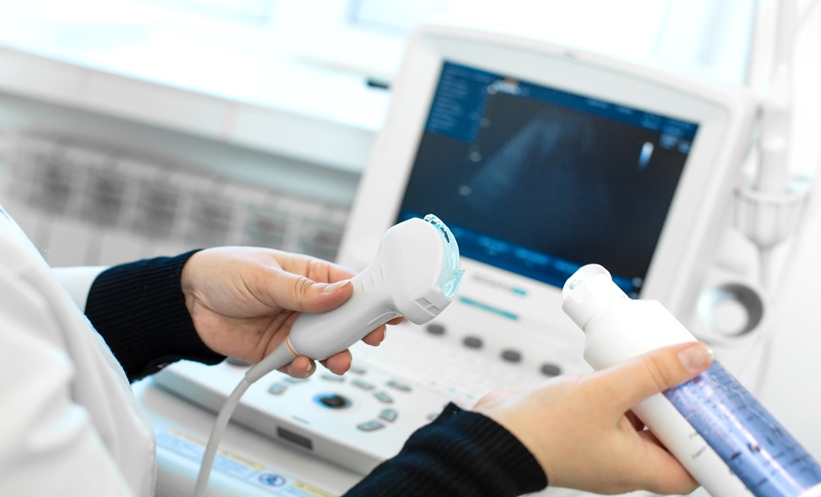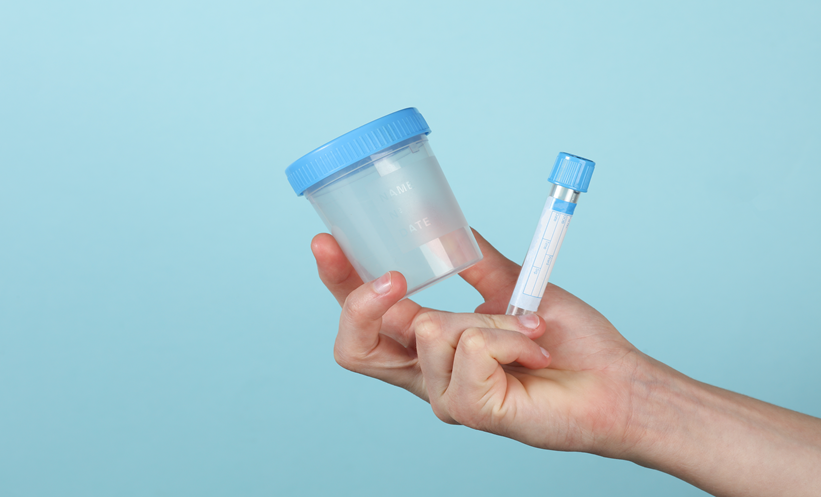Abstract
Introduction: Prostate cancer (PrC) is the fifth most common malignancy worldwide and the second most common malignancy in men. Currently, robotic-assisted laparoscopic radical prostatectomy (RARP) has become a popular treatment for localised PrC treatment worldwide. We aimed to assess the learning curve of RARP in our institution. Methods: A total of 391 patients who underwent RARP in our clinic between February 2009 and April 2013 were included in the study. We retrospectively evaluated patient data that were recorded prospectively. The demographic, perioperative, postoperative functional, and oncological results of six surgeons’ patient groups (n=72, n=110, n=103, n=38, n=36, and n=32) and three consecutive series formed by dividing the patient groups of the three surgeons with the highest volume of cases were analysed. Results: There was no significant difference between patient groups with regard to age, American Society of Anesthesiologists score, preoperative International Prostate Symptom Score, International Index of Erectile Function (IIEF) score, number of previously performed operations, prostate-specific antigen levels, clinical stage, biopsy pathology, pathological stage, positive surgical margin (PSM) rate, biochemical recurrence (BCR) rate, potency, and continence rate at postoperative Month 12. When we assessed the three consecutive series of the three highest-volume surgeons we found that, over time, operation time (OT) decreased significantly (p<0.001), blood transfusion rate decreased significantly (p=0.015), estimated blood loss (EBL) decreased (p>0.05), and median IIEF score at 12 months improved significantly (p<0.001) in the series of Surgeon 1; OT decreased significantly (p<0.001), EBL decreased (p>0.05), and median IIEF score at 12 months improved significantly (p=0.01) in the series of Surgeon 2; OT decreased significantly (p<0.001), EBL decreased significantly (p<0.001), and PSM rate decreased and median IIEF scores at 12 months improved (p>0.05 for both) in the series of Surgeon 3. The overall complication rate was 11.7% and 34% of these complications were major ones. The overall blood transfusion rate was 2%. The overall PSM rate was 20.4% (9.3% for pT2 tumours and 44% for pT3 tumours). The overall rate of BCR was 9.4%. Conclusion: In our clinical experience, OT, EBL, and blood transfusion rate seem to decrease during the learning curve of RARP.
Please view the full content in the pdf above.








